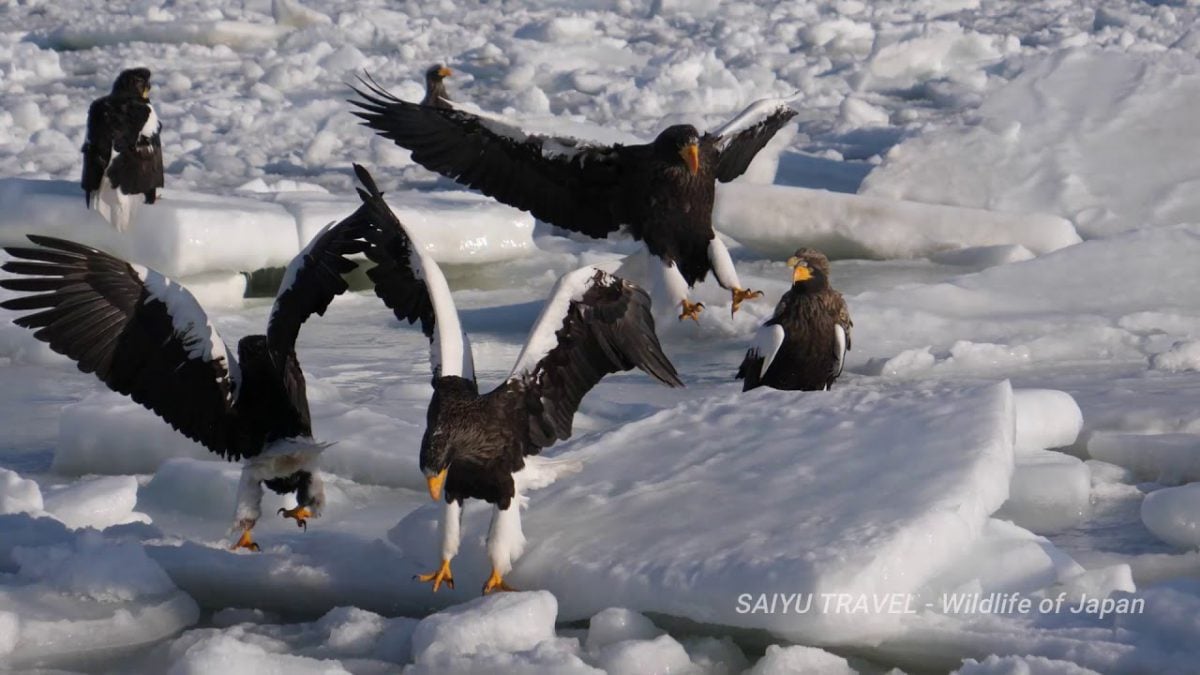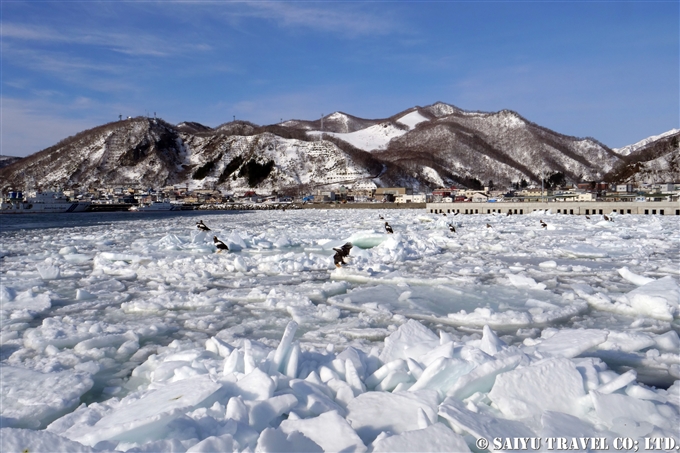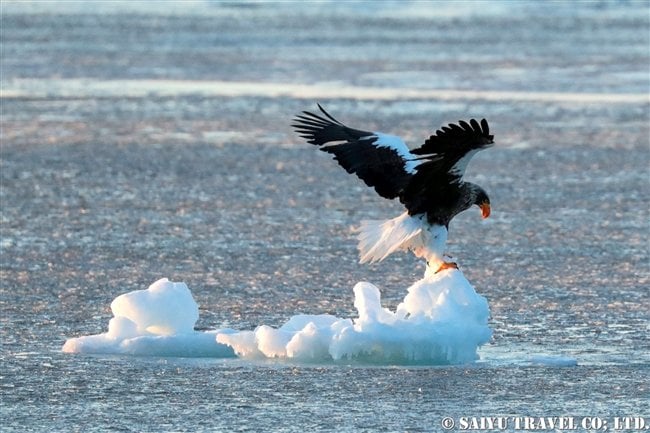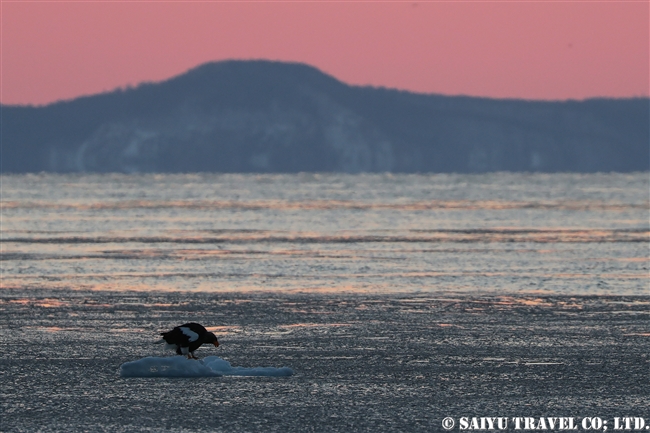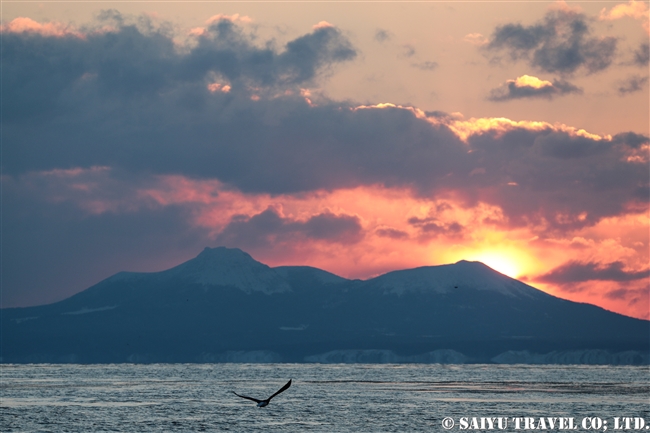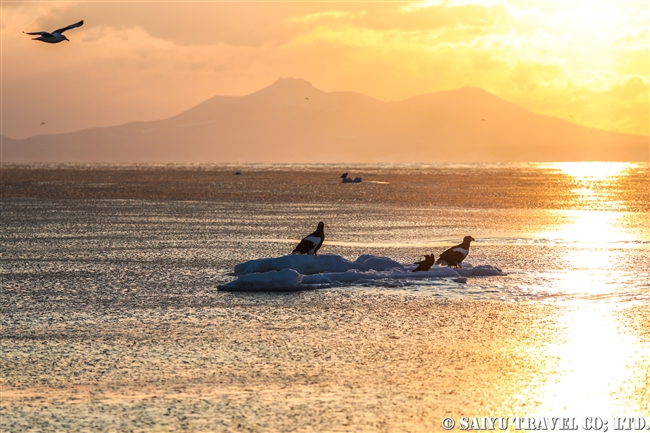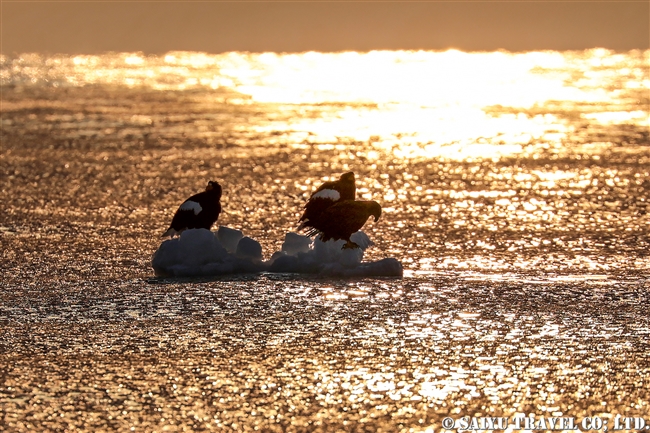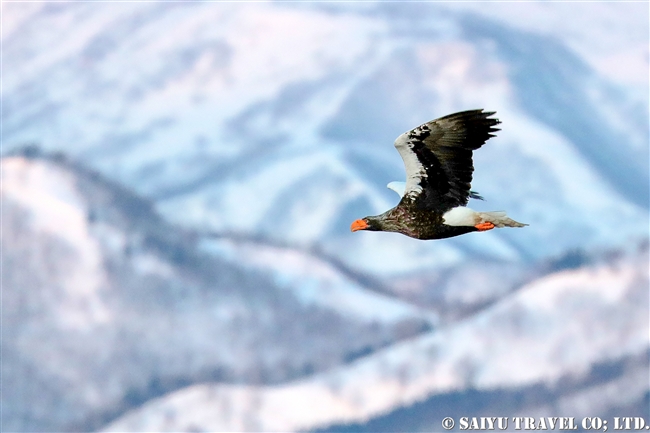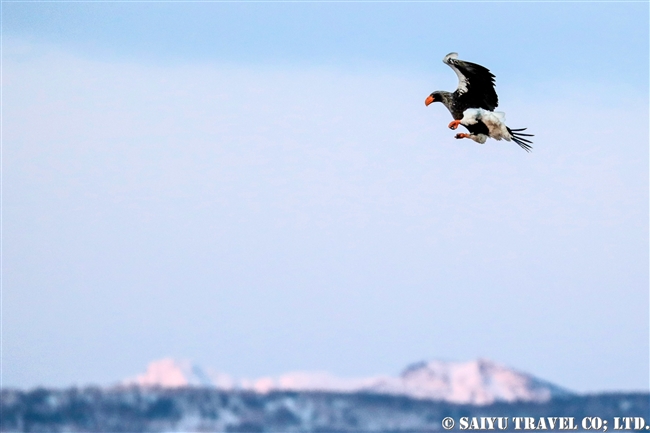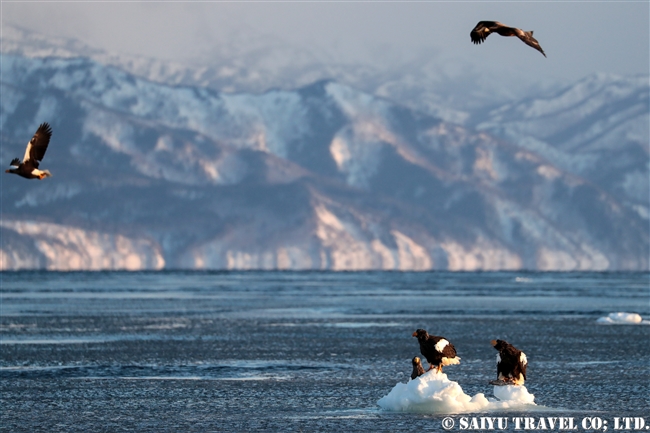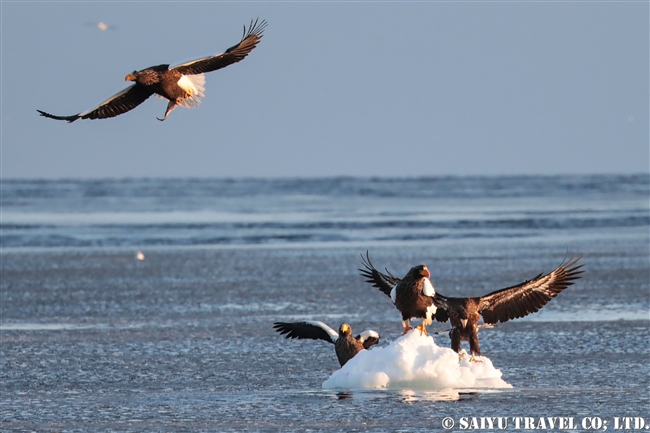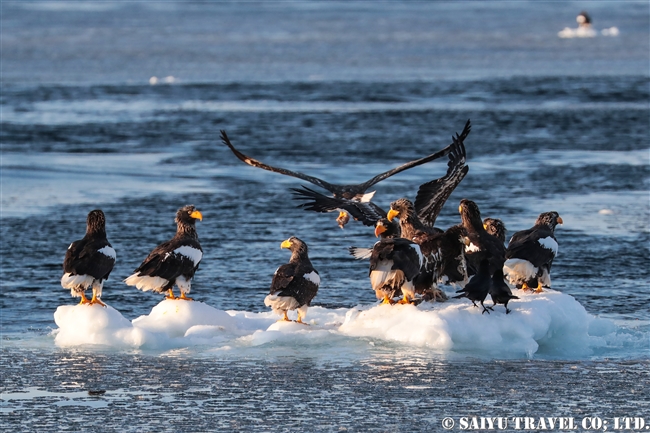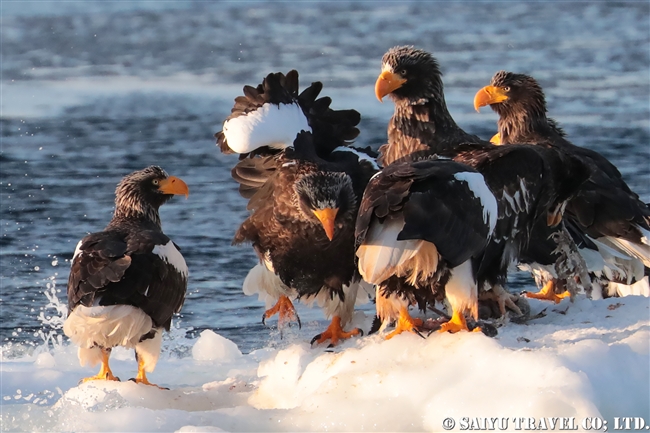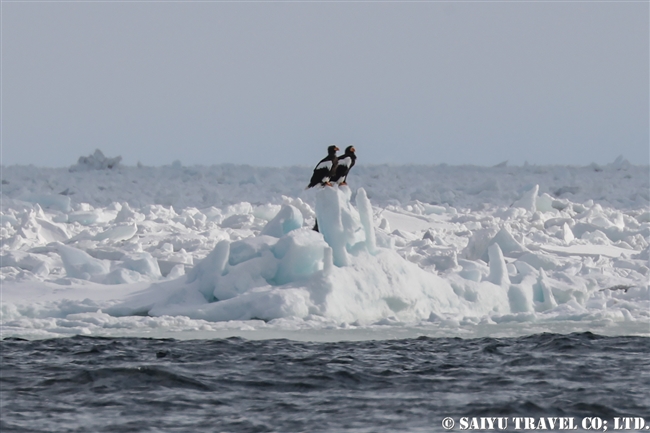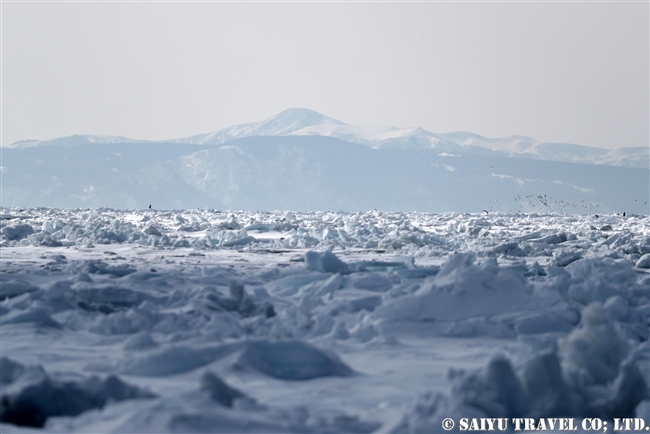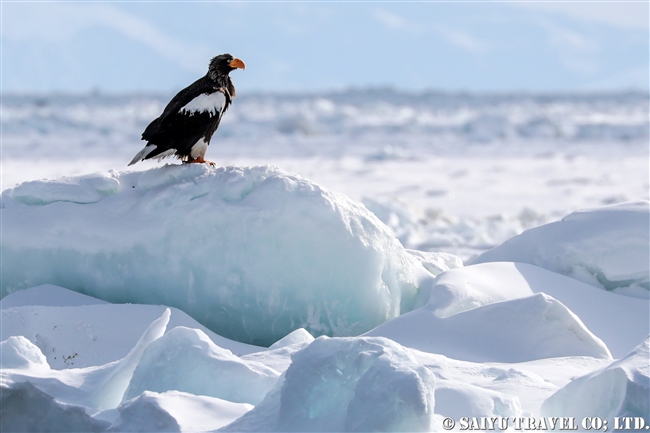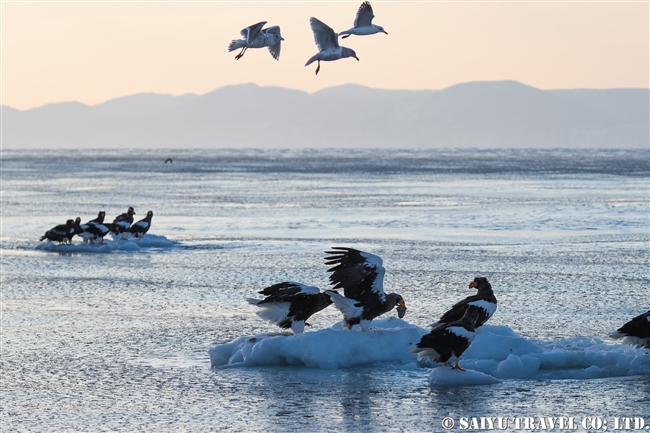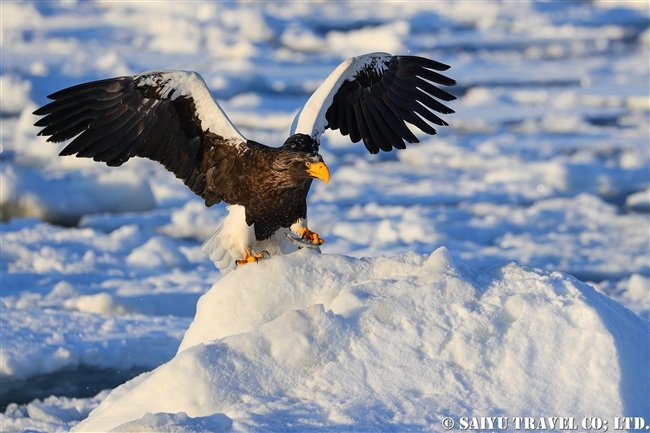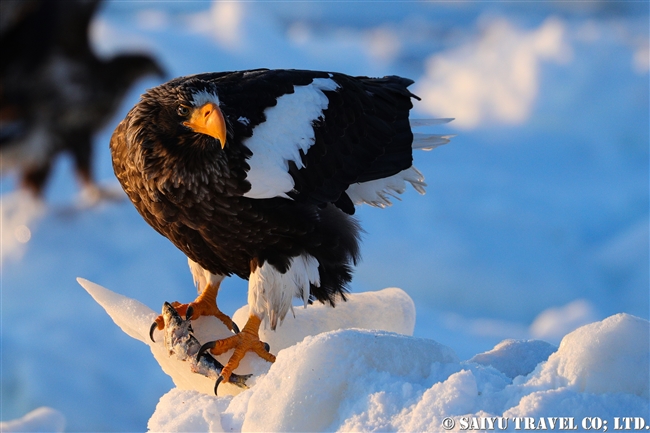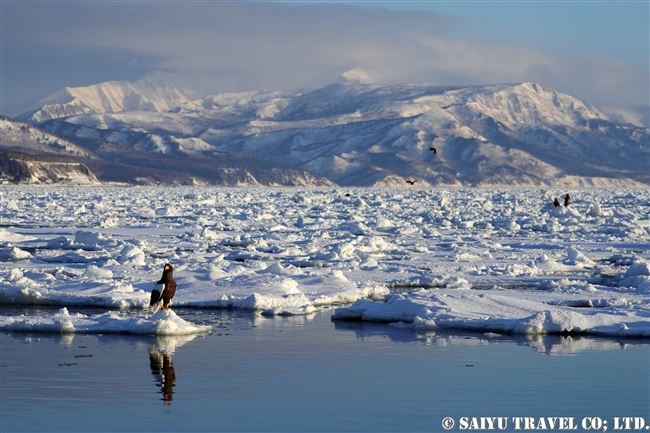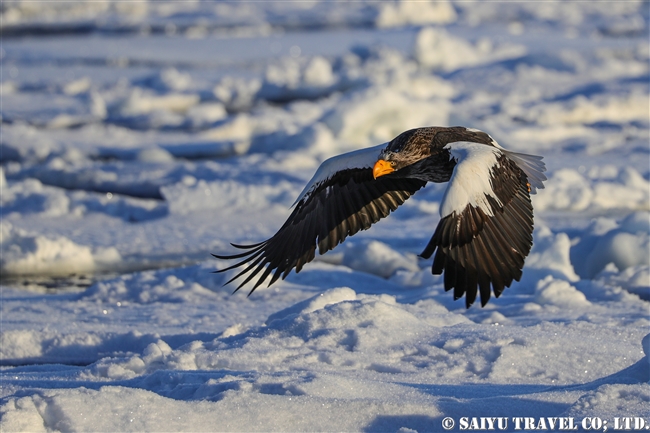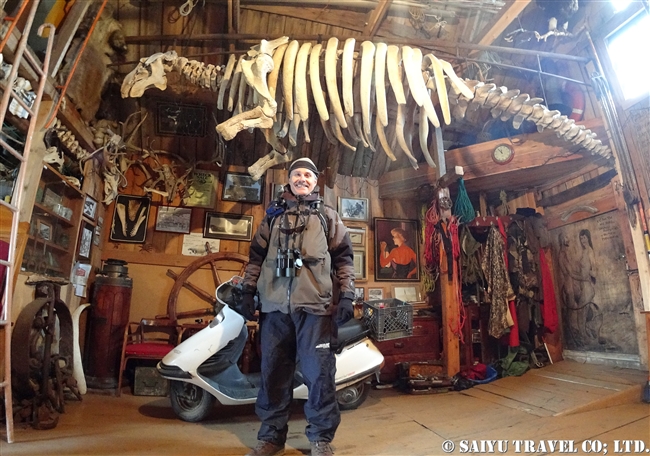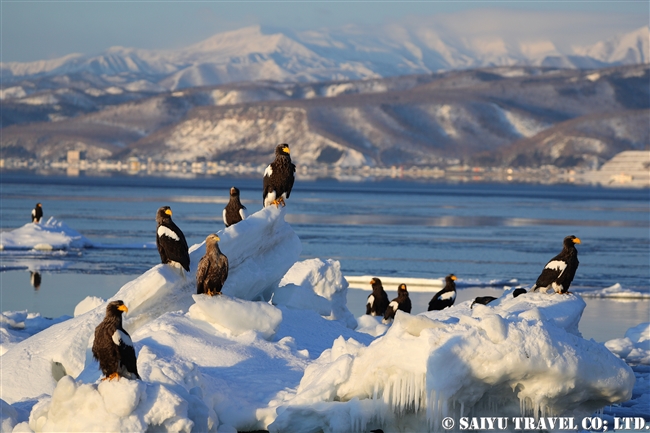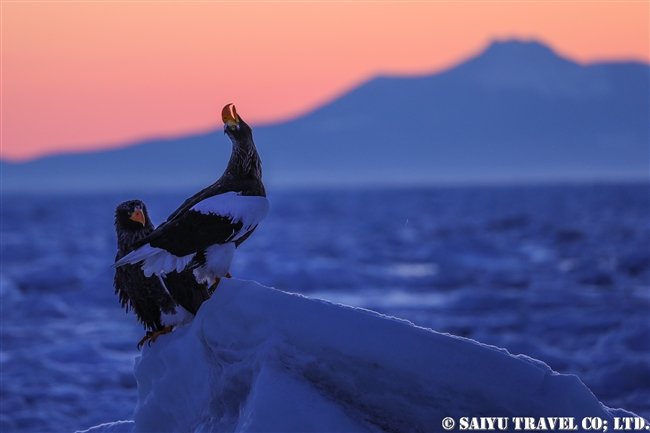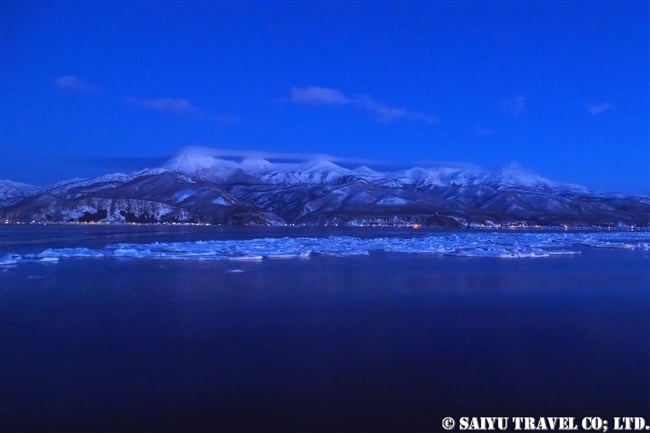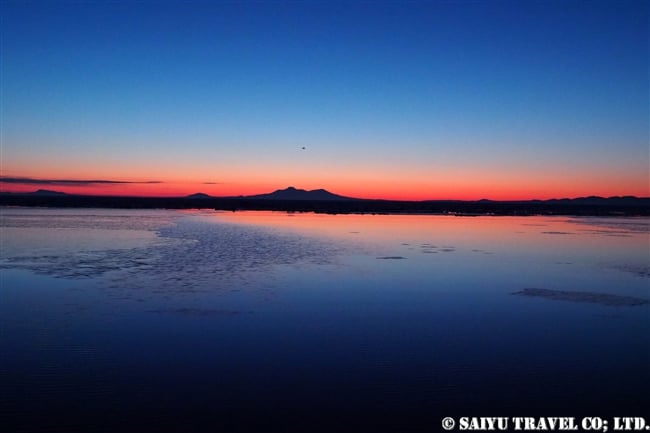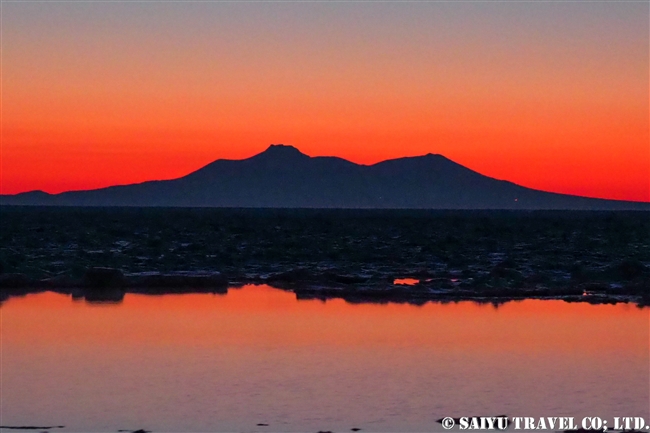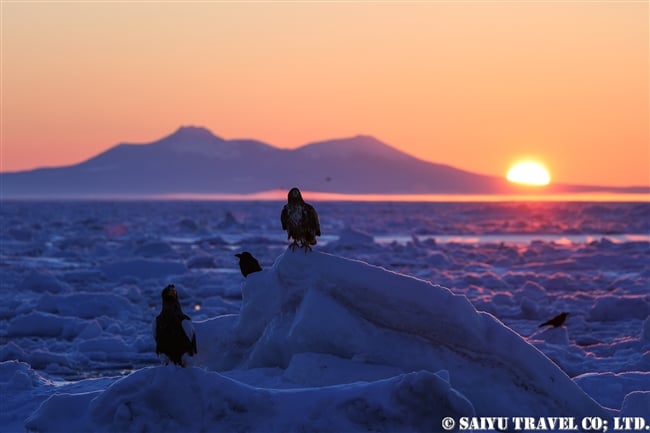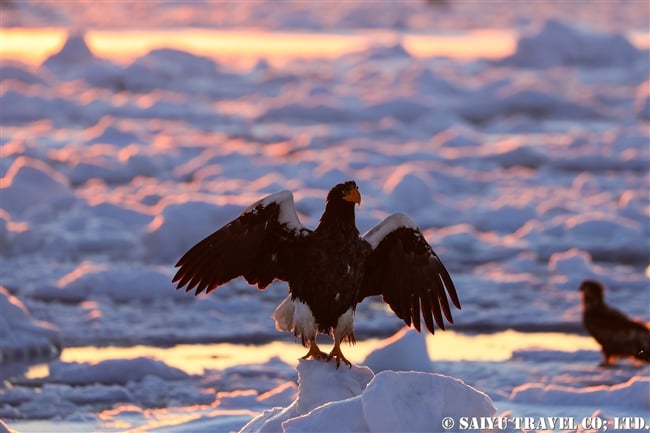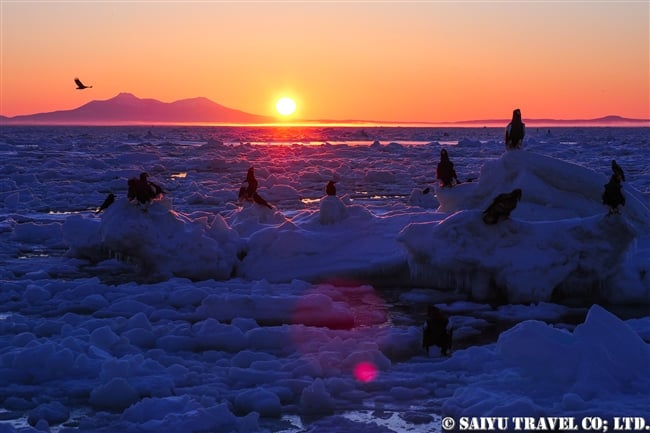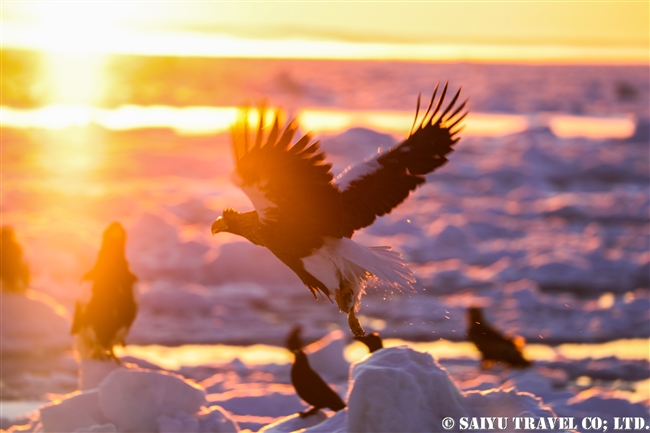
In the beginning of July, we operated a tour called the “Teuri Island Seabird Class” lead by Takaki Terasawa, a nature photographer living on Teuri Island. First thing in the morning, we took his boat the “Keimafuri-Go” and headed out to sea. (Keimafuri is the Japanese name for the Spectacled Guillemot.) We went to the rocky outcrop near Aka iwa (Red Rock) where the Rhinoceros Auklet like to gather.
Photographs from the Small Fishing Boat! Spectacled Guillemot of Teuri Island
Homecoming of the Rhinoceros Auklet (Teuri Island – Hokkaido)
Spectacled Guillemot at Terui Island / Akaiwa Observatory
Ocean Sunset at Terui Island, with the Spectacled Guillemot and Rhinoceros Auklet
These birds are said to be widely distributed along the North Pacific Seas, from Japan’s northern coast to the Kuril Islands, Aleutian Islands, and towards Alaska, but it is not easy to get close enough to see them. It is quite rare to find places where you can observe them actually!
Teuri Island is the largest breeding area in the world for these Auklets, and here you can see them when the adult birds display their “horns” (and pretty easily to access at that!) so this spot is quite a precious place.

The “horns” of the Auklets are a special growth that appears on their beaks during the breeding season on adult birds. This horn is where they get the name “Rhinoceros Auklet.” This protrusion is not seen on young birds or non-breeding birds. The first time I saw a Rhinocerous Auklet was super exciting! I happened to be on a sperm whale cruise in the Nemuro Strait and we knew the sighting was so rare.

The outcrop that is near the tidal areas of Akaiwa (Red Rock). For some reason the birds are always trying to land on this rock and there seems to be some important social interactions happening there. Some of them display some territorial behaviors and chase away other birds to keep them off of the rocky structure.

This group of 4 birds seem to be involved in a conversation about something.

Dynamic moves afoot!

These two are looking quite, um, friendly?

These two are also having a good relationship as well?

These two are an item, it seems!

There are so many different things going on in this place, I could just watch them for a long time! It is an important place for the Rhinoceros Auklets.

The view you see, looking down from the Akaiwa Observatory. You can see how all the Auklets are gathering around this single rock outcrop.

While I was observing them, they suddenly, all took off and flew away at once. This morning, we could have stayed watching them all day long, watching the interesting interactions of the Auklets. In 2021 their breeding situation was a little concerning, so I pray that as many chicks as possible could fledge from this breeding area.
Text & Photo: Mariko SAWADA
Observation: July 2021, Teuri Island, Hokkaido
★ Visit our web site of TEURI ISLAND.
★Contact us to make arrangements for photographing seabirds on Teuri Island and Wildlife of Japan.
★Wildlife videos are also available on Youtube – we have the playlist as well.
Tags: Bird tour Japan, Birds of Japan, Bird Watching Japan, Wildlife Photography tour in Japan, Wildlife in Japan, Wildlife tour in Japan, Wildlife in Hokkaido, Birds Photography of Japan, Teuri, 天売島, Teuri Island, ウトウ, Rhinoceros Auklet, Utou, Akaiwa Observatory, Bird in Hokkaido, Seabirds in Japan, Birding tour Japan, Wildlife of Japan











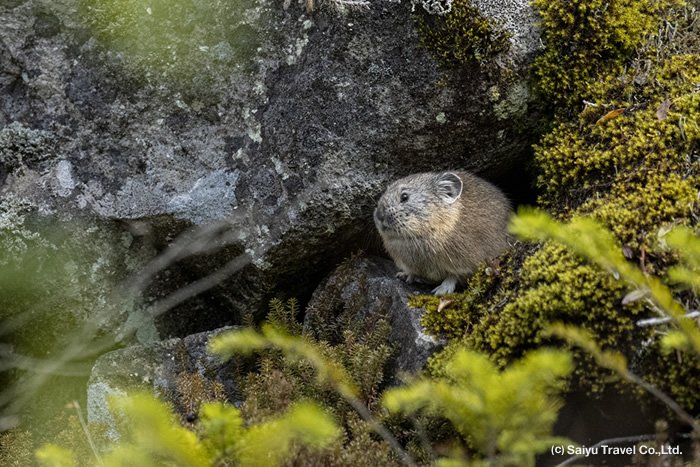
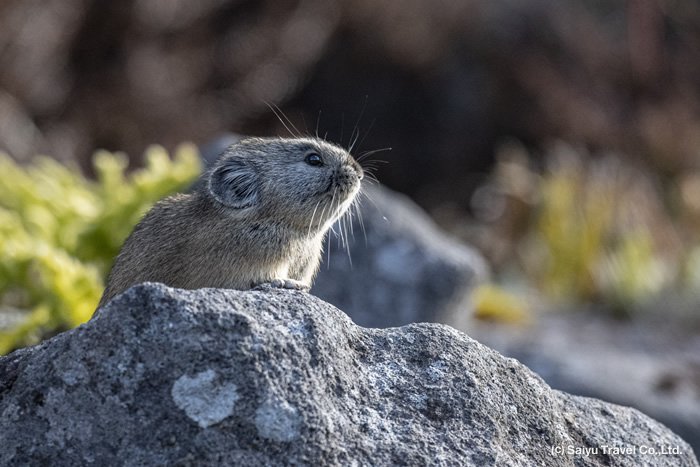






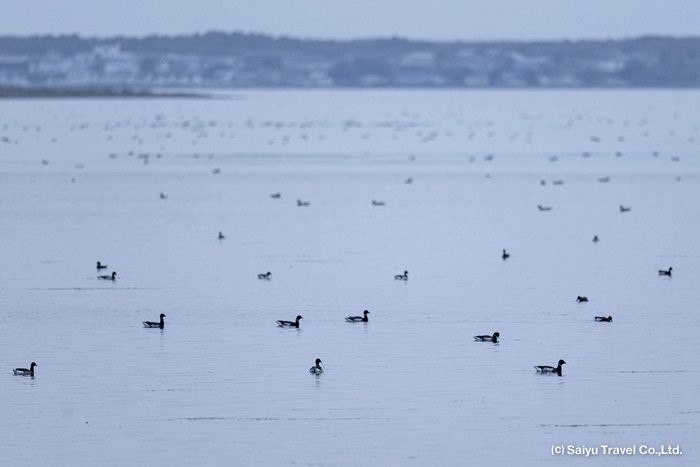
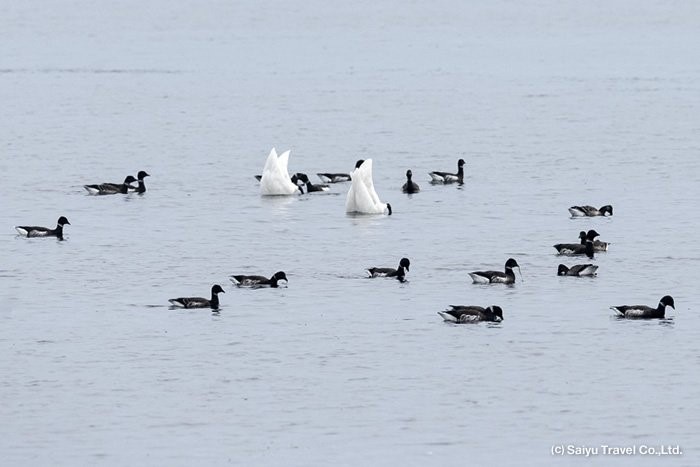
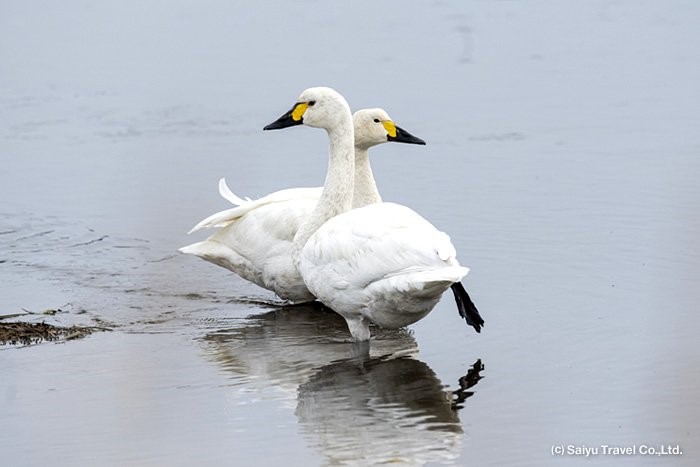
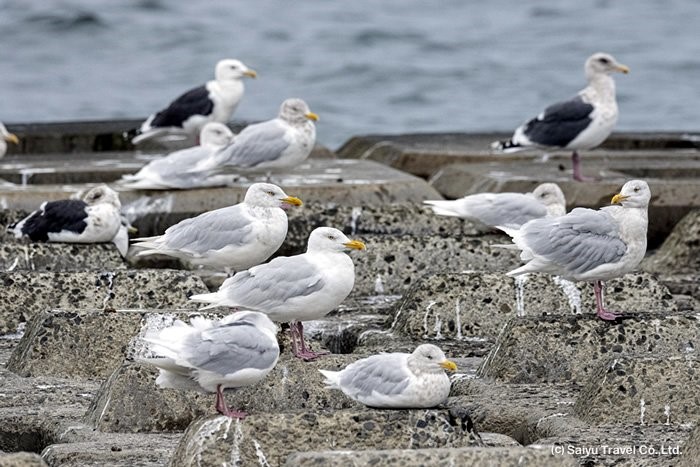
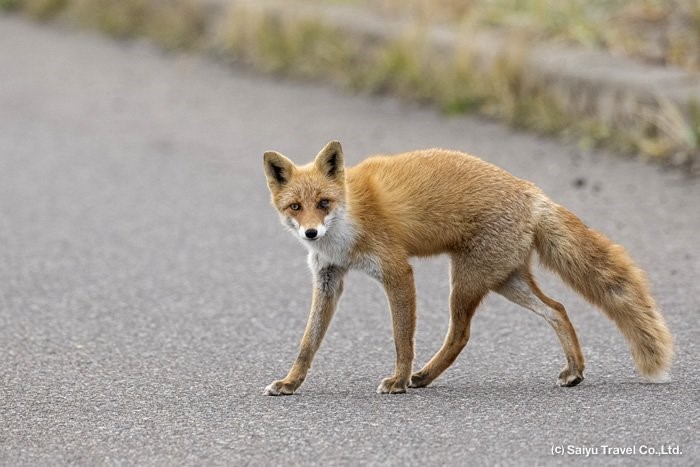
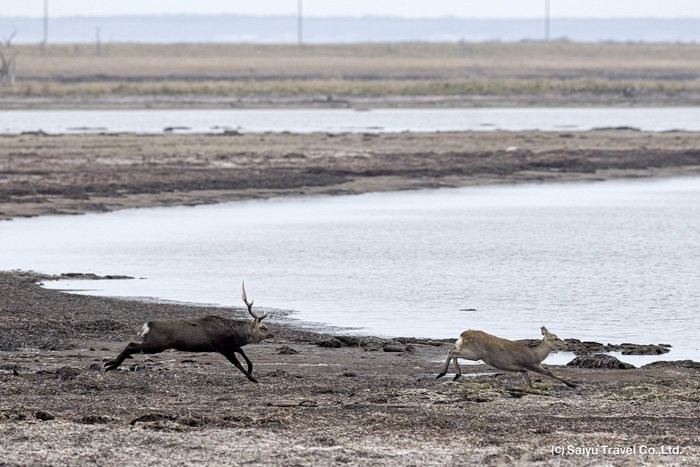
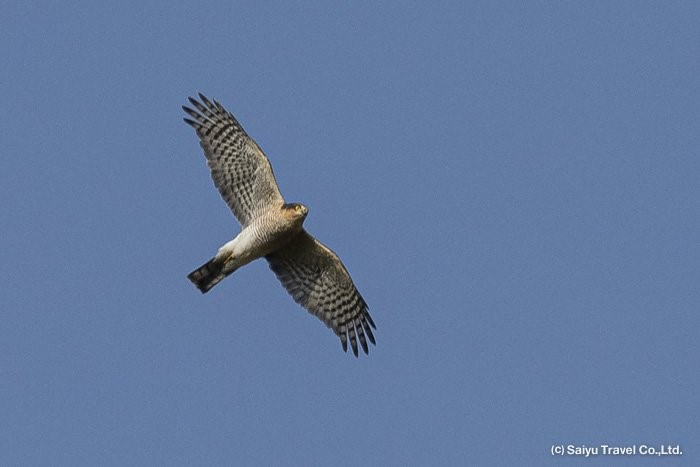
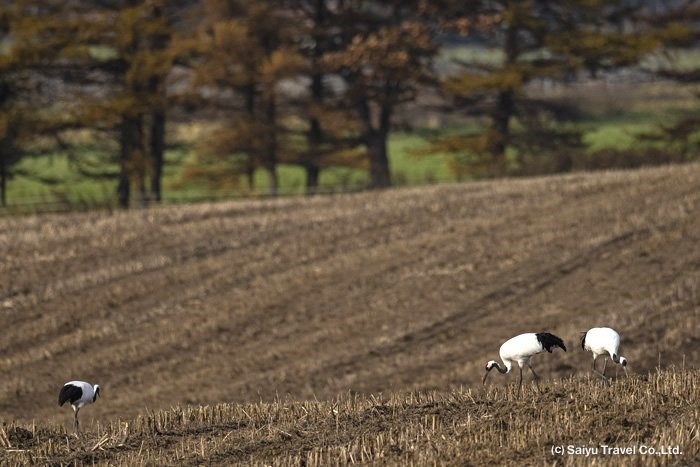
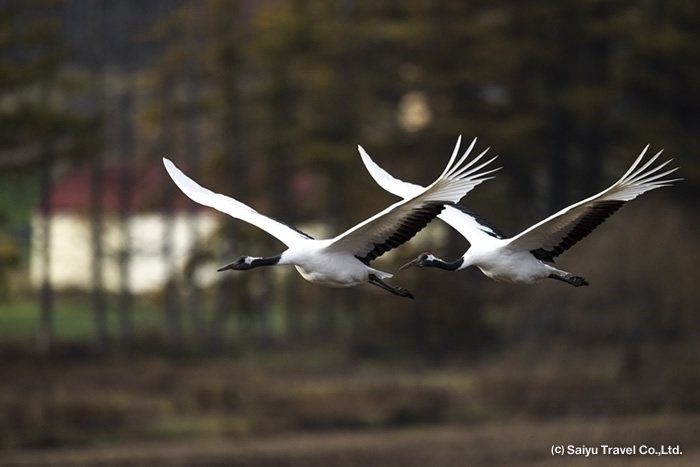
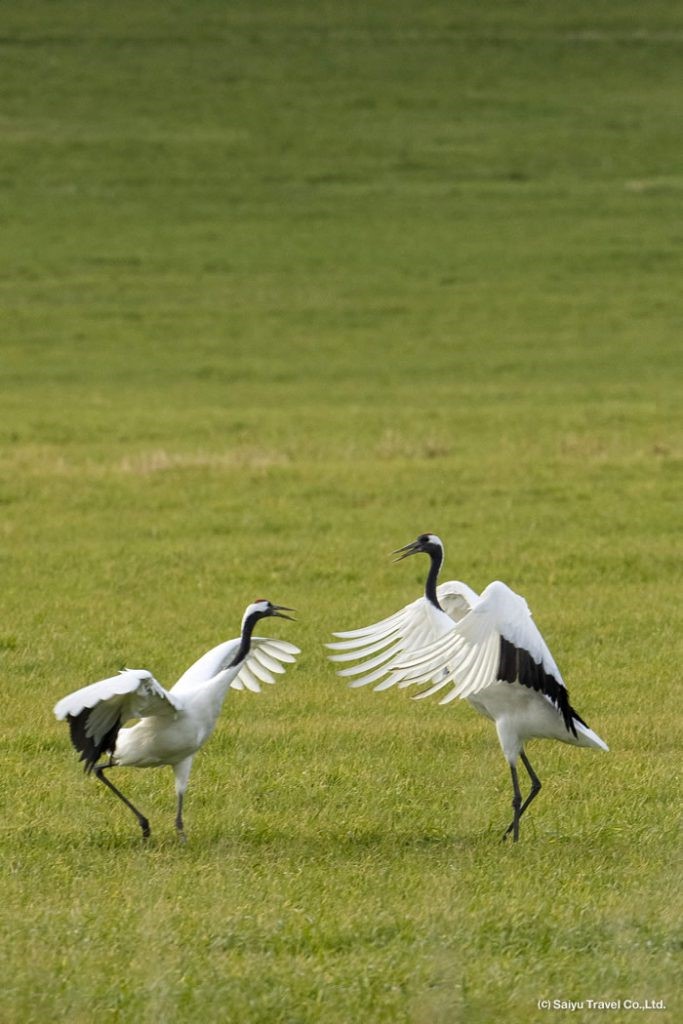

.jpg)








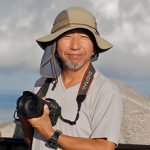 Born in Aichi Prefecture in 1966 and currently resides there. Became interested in photography when he was a junior in high school. He has been taking photographs mainly of natural scenery and wildlife, which he has loved since he was a child. Currently, rather than taking “pretty, cute, and cool” photos, he focuses on taking photos of scenes that have a human touch and environmental scenes that show the relationship with human life. Ultimately, he aims for “photographs that have a smell. His work has been published in photo collections and exhibitions, and used in magazines, illustrated books, and calendars. His photographic collections include “Raicho Korokoro” and others.
Born in Aichi Prefecture in 1966 and currently resides there. Became interested in photography when he was a junior in high school. He has been taking photographs mainly of natural scenery and wildlife, which he has loved since he was a child. Currently, rather than taking “pretty, cute, and cool” photos, he focuses on taking photos of scenes that have a human touch and environmental scenes that show the relationship with human life. Ultimately, he aims for “photographs that have a smell. His work has been published in photo collections and exhibitions, and used in magazines, illustrated books, and calendars. His photographic collections include “Raicho Korokoro” and others.









